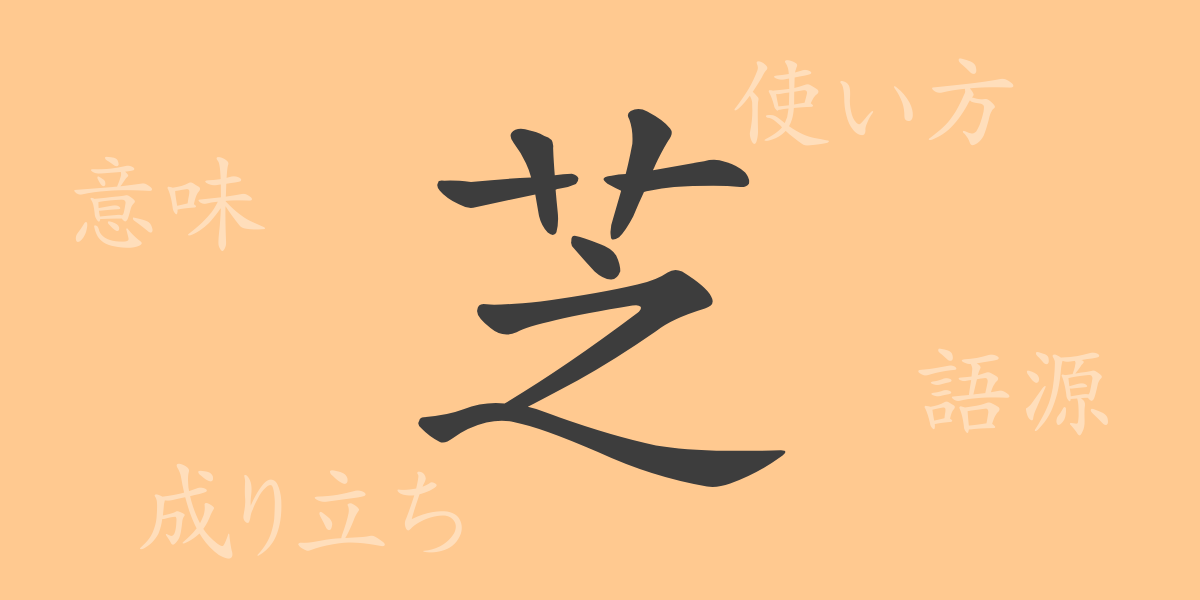The lush greenery of Japan’s landscape is incomplete without “芝(しば),” a kanji character that holds a rich history and cultural significance. By unraveling the layers of history and culture embedded in this single character, we explore the profound beauty of the Japanese language. Just as lawns (芝生(しばふ)) adorn parks and gardens, the kanji “芝(しば)” enhances the linguistic landscape of Japanese. This article delves into the origins, meanings, uses, and idioms involving “芝(しば)” to uncover its full essence.
Origins of 芝 (Etymology)
The kanji “芝(しば)” originated in ancient China, featuring the radical for grass, “艸(くさかんむり),” to denote a specific type of plant. It initially referred to “茅(かや),” a sacred grass. Over time, as the character traveled to Japan, “芝(しば)” became associated with beautiful green lawns and grasslands, integrating deeply into Japanese culture.
Meanings and Uses of 芝
In contemporary Japanese, “芝(しば)” is commonly used in terms like “芝生(しばふ)” and “芝地(しばち),” referring to beautiful green lawns. Additionally, the “芝(しば)” in “芝居(しばい)” has evolved to mean theater or drama, showcasing the character’s versatility in the language.
Readings, Stroke Count, and Radical of 芝
Understanding the kanji “芝(しば)” involves knowing its readings and structural details:
- Readings: The on’yomi (音読み) is “シ” and the kun’yomi (訓読み) is “しば.”
- Stroke count: “芝(しば)” has 6 strokes in total.
- Radical: The radical is “艸(くさかんむり),” indicating its relation to grass or plants.
Idioms, Phrases, and Proverbs Using 芝
Expressions involving “芝(しば)” are widely used in Japanese. For example, “芝生(しばふ)” refers to a beautiful grassy area, and “芝居(しばい)” denotes a theatrical play. The idiom “芝居がかった(しばいがかった)” describes something exaggerated or dramatic, often used to describe a theatrical or unnatural manner. These expressions enrich daily conversations by vividly portraying emotions and scenery.
Conclusion on 芝
The meanings encapsulated in a single kanji reflect the culture and history of a nation. Through “芝(しば),” we glimpse Japan’s natural aesthetics and cultural background. From lush green lawns to the world of theater, the diverse uses of “芝(しば)” illustrate the richness of the Japanese language. We hope this article deepens your understanding of “芝(しば)” and rekindles your appreciation for the beauty of Japanese.

























